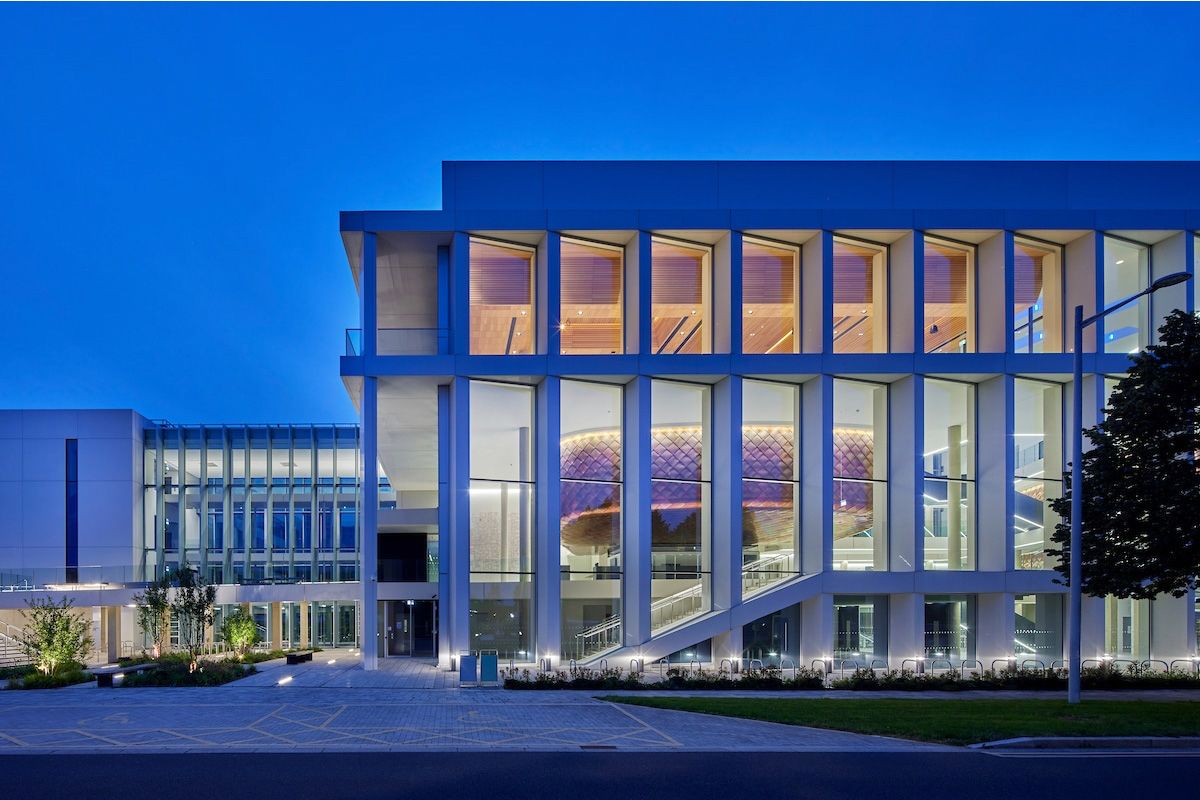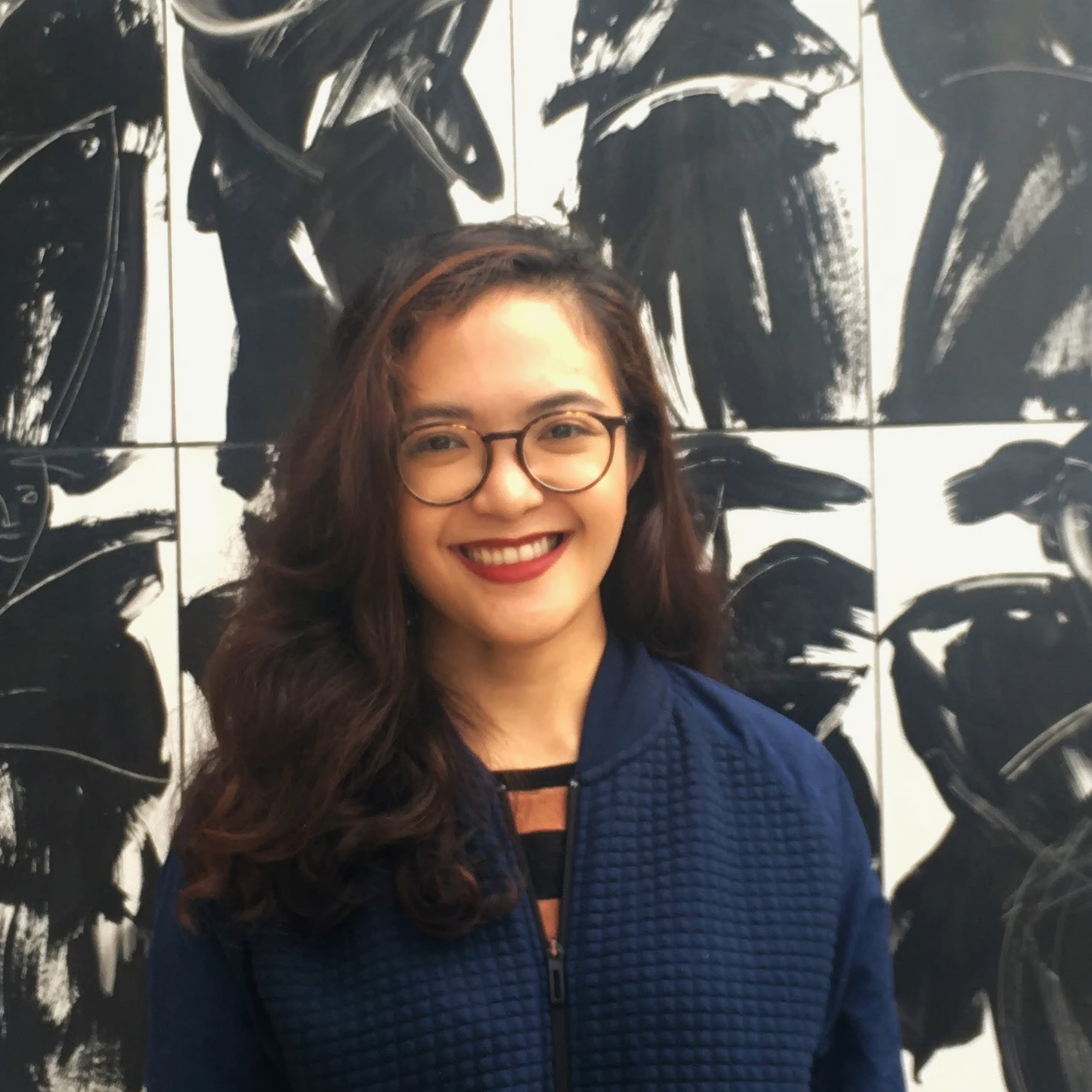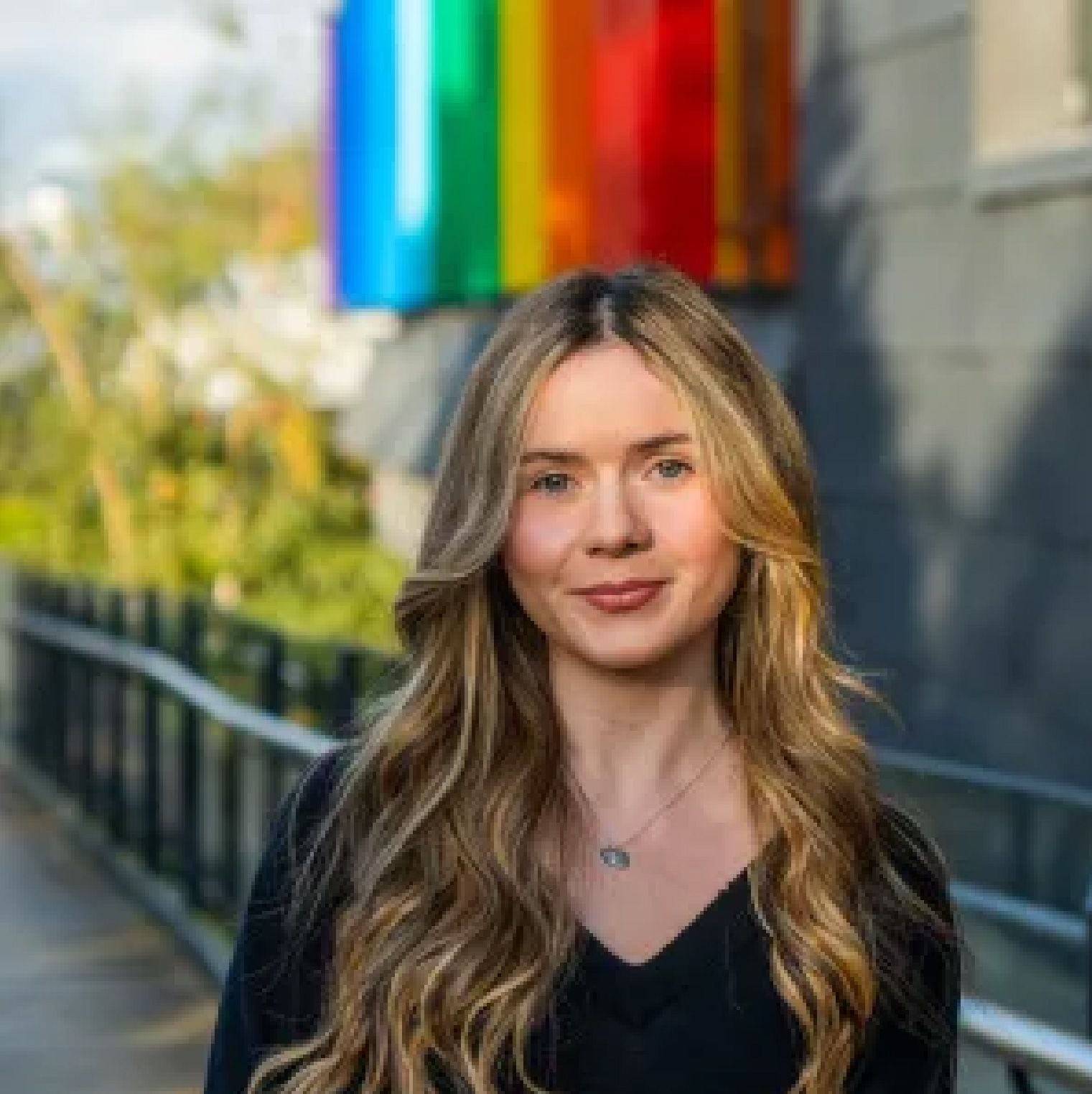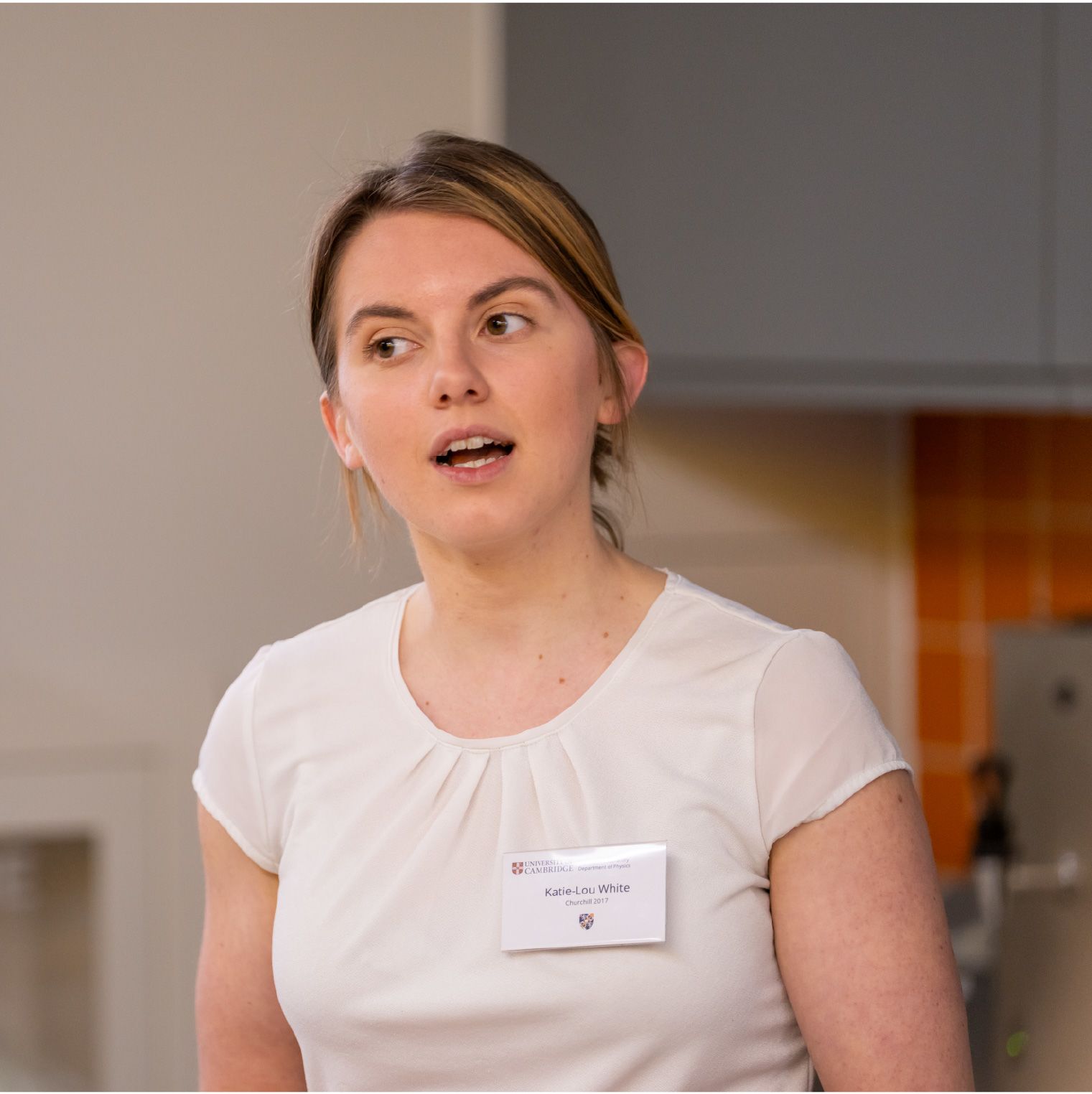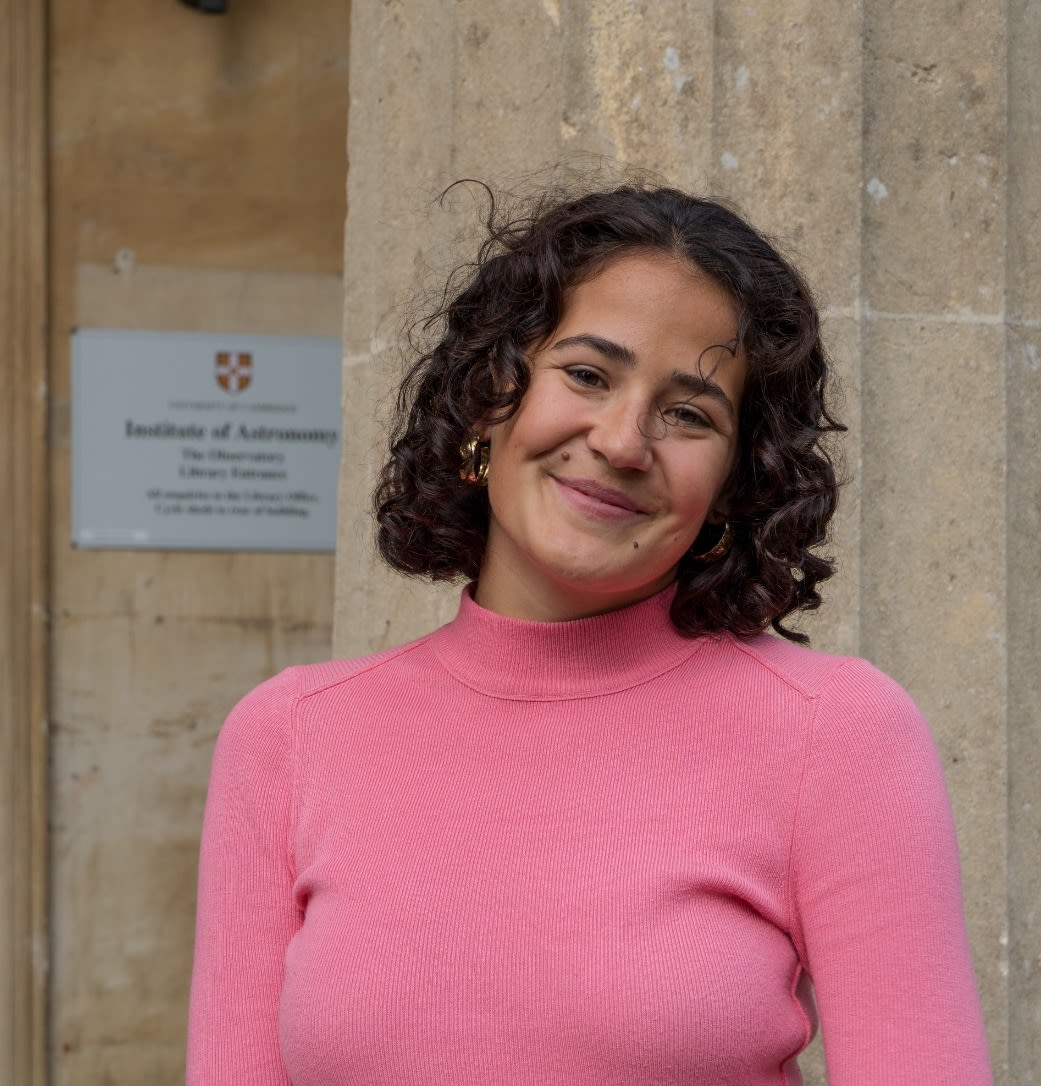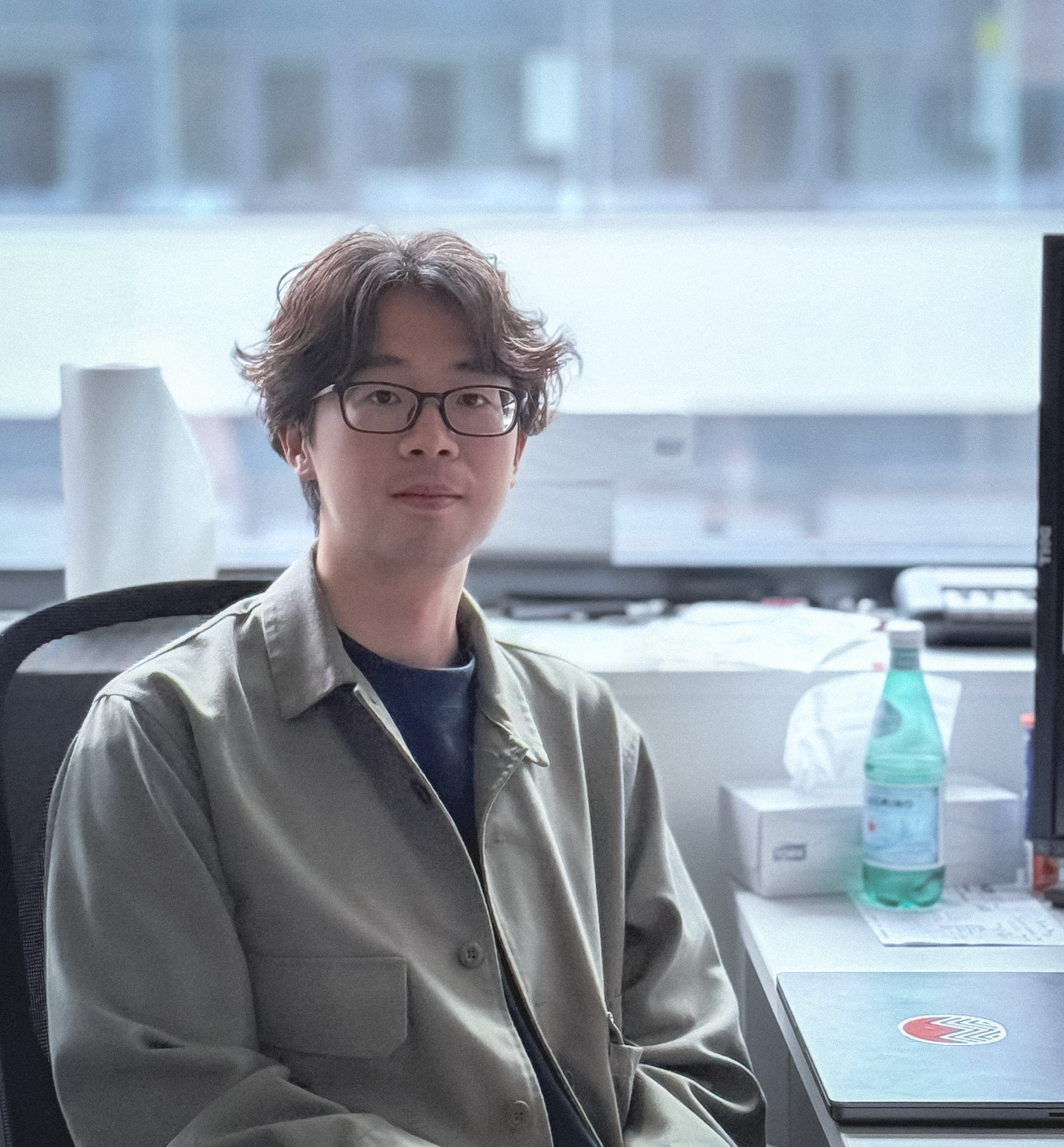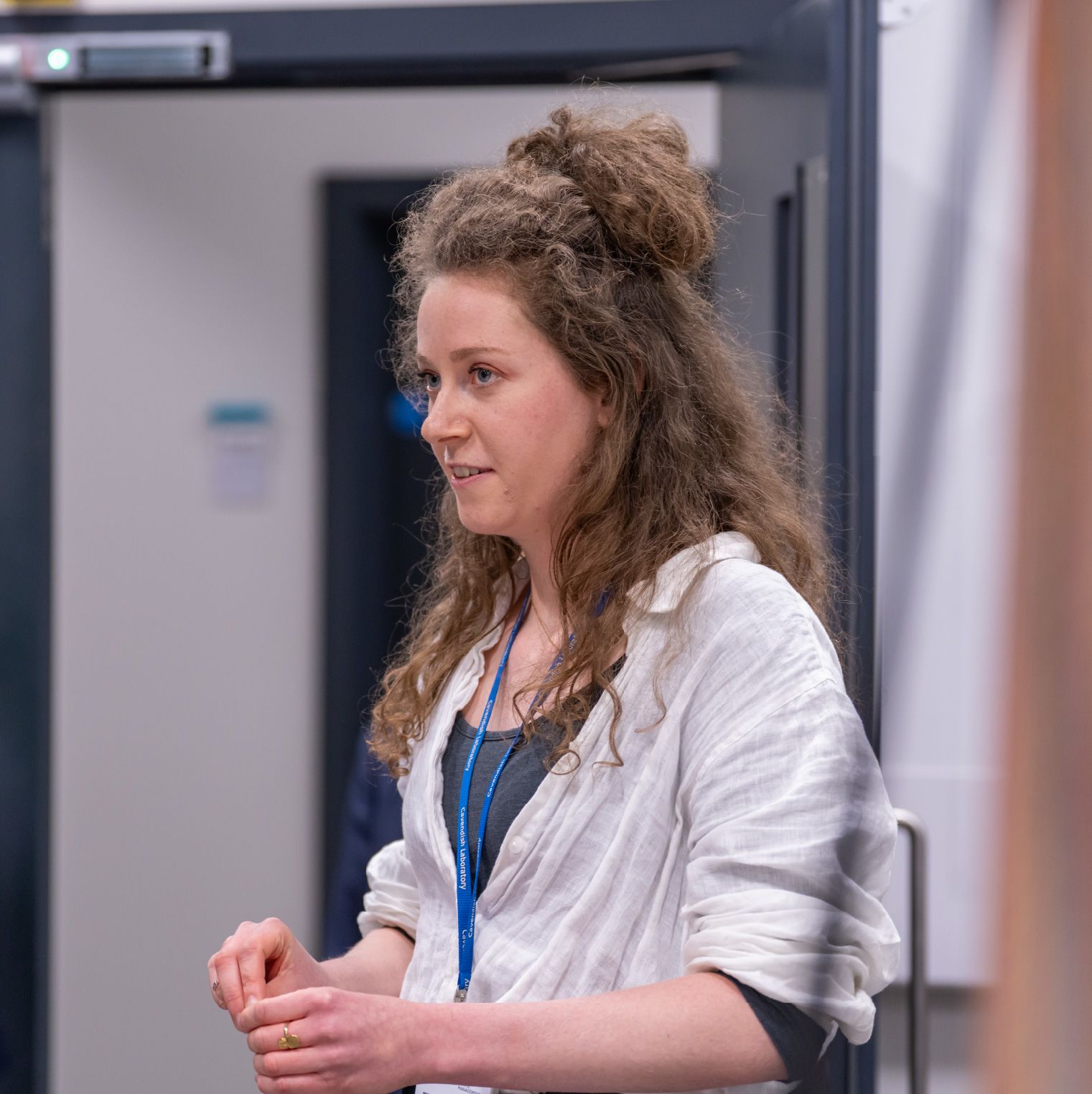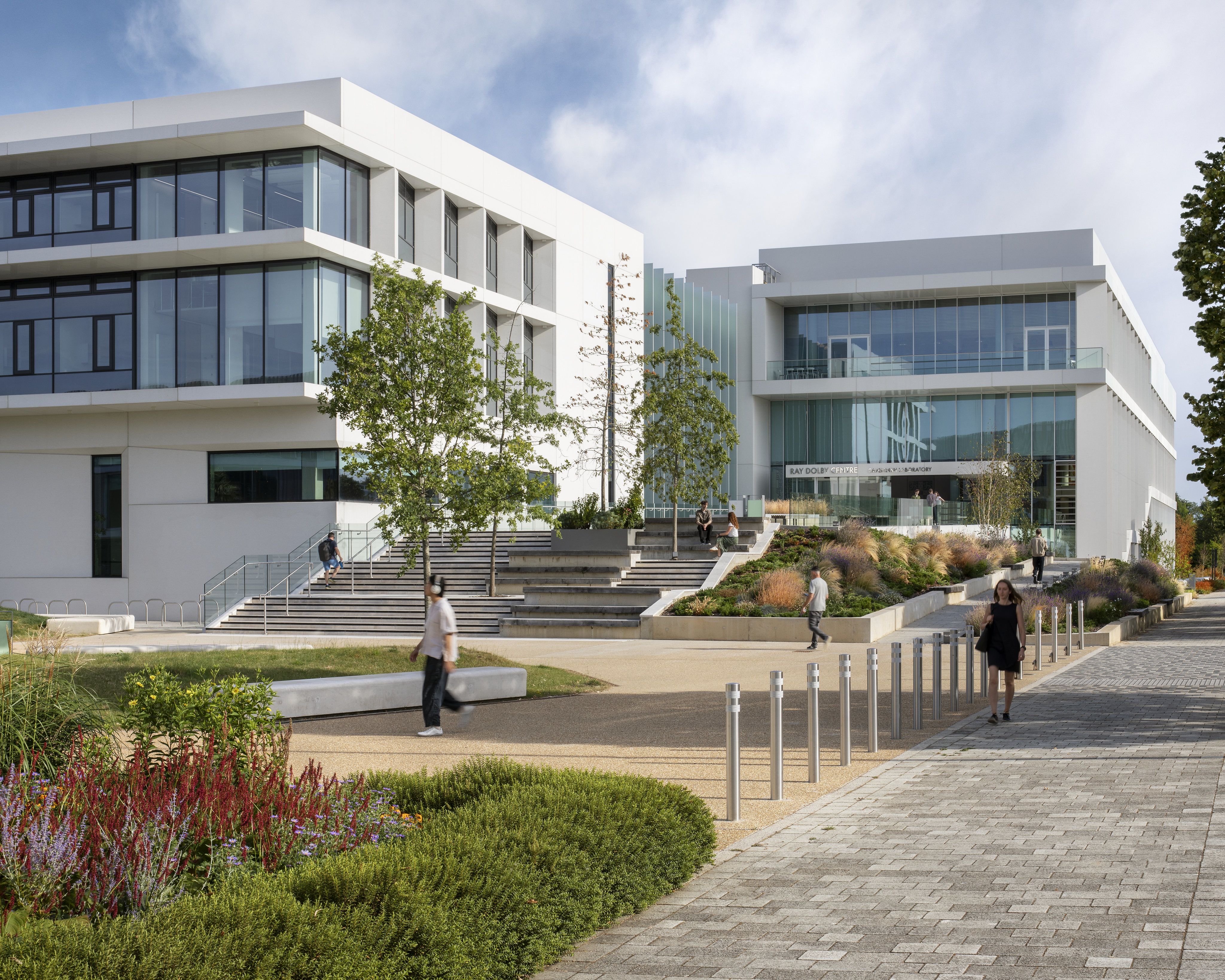
New era of physics research begins with official opening of the Ray Dolby Centre

The Ray Dolby Centre, our state-of-the-art new home and major asset for the University, the city and the country, was officially opened at a ceremony in Cambridge on 9th May by Dagmar Dolby, Vice-Chancellor Professor Deborah Prentice, Professor Mete Atatüre, Head of the Cavendish Laboratory, and Lord Spencer Livermore, Financial Secretary to the Treasury and Minister for Growth.
Named in recognition of a generous £85 million donation from the estate of Cambridge alumnus and sound pioneer Ray Dolby, along with £75 million support from the UK government through the Engineering and Physical Sciences Research Council (EPSRC), the Ray Dolby Centre stands as a testament to Dolby’s enduring legacy and commitment to scientific innovation.
The new facility – which features 173 laboratories, lecture halls, learning and collaborative spaces, workshops, cleanrooms and offices – is set to revolutionise physics research and education at Cambridge, and boost innovation in key areas such as semiconductors, quantum communications, new methods of disease detection, and large-scale energy generation and storage.
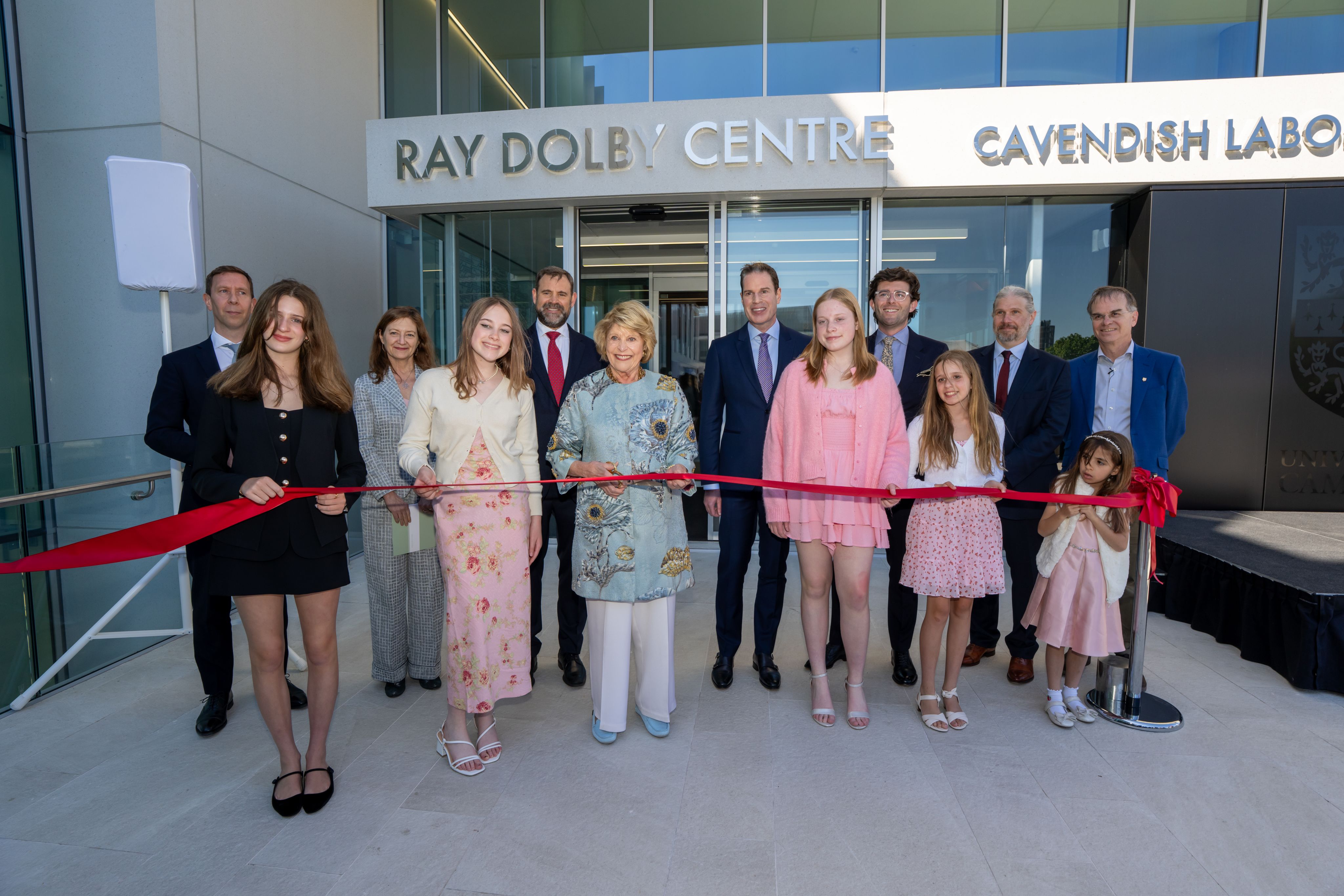
Links to the past
Designed to match the most exacting standards of current research and teaching, the new building is in part inspired by the original Cavendish Laboratory’s ethos – to provide an environment that fosters creativity and collaboration.
Professor Mete Atatüre, Head of the Cavendish Laboratory, says a space of this kind is essential to enable researchers to make scientific breakthroughs. “The work that has had the greatest scientific impact on society – including huge discoveries at the Cavendish – didn’t happen just because they had the biggest building or the most expensive equipment, it happened because they created the right space for people to think outside the box, to be able to ask the right questions."
“We’ve designed the Centre with humans in mind – the way they operate, the way they work, the way they create curiosity in each other – to originate new ideas,” Prof Atatüre said.
"People will be able to come into the Ray Dolby Centre’s public wing for events and hear directly from Cambridge scientists."
Access to the general public – another key feature of the original Victorian laboratory – is also a big part of the new building. Unlike many other scientific laboratories, much of the building is open to the public, including a café space, outreach and exhibition spaces organised around six courtyards.
“We’re working to address society’s challenges – the energy crisis, healthcare, future technology – so of course that means involving the public,” explains Atatüre. “The old Cavendish on Free School Lane had a ‘front of house’, where the public came in to see demonstrations of electricity, magnetism, and other research of the time, and a ‘back of house’, where the research happened. They were communicating with public about what they were doing, what science is, and it’s one of the first places where that happened. So in the same spirit, people will be able to come into the Ray Dolby Centre’s public wing for events, into the big auditorium and the lecture halls, and hear directly from Cambridge scientists.”
Redefining the future of UK physics research
The opening ceremony celebrates the transformative potential of the Centre for both the University and the nation.
The Ray Dolby Centre will serve as a national hub for physics, hosting CORDE, the Collaborative R&D Environment for Physics. This EPSRC’s National Facility will foster collaboration between industry and university researchers, and engage the wider community in ground-breaking scientific endeavours.
Image: The Ray Dolby Centre of the Cavendish Laboratory, ready for occupation in 2024.
The future of physics in the eye of the next generation
As a researcher in the field of surface-enhanced Raman spectroscopy (SERS), I'm excited about the future of SERS as it transforms from a laboratory tool into a powerful, real-world sensing platform, especially in clinical diagnostics. Looking ahead, advances in physics and materials science will continue to deliver scalable, precision plasmonic nanostructures; engineering will drive the development of low-cost, portable instruments; chemistry will unlock new ways to control molecular interactions at the nanoscale; and machine learning will help decode complex spectra. These interdisciplinary developments are paving the way for accessible, sensitive, and reliable sensors that bring early disease detection and molecular diagnostics closer to reality.
Sarah Sibug Torres
PhD Student in the NanoPhotonics group
What excites me most about the future of research in my field is the open landscape of possibilities. My work focuses on diamond tin-vacancies for quantum communication, with the goal of realising scalable, multi-node quantum networks. What’s thrilling is that the field is still wide open—no single qubit platform has yet emerged as the definitive solution. Whether through solid-state systems like silicon vacancies or atom-based approaches such as neutral atoms, each path has its unique advantages and associated challenges. Being at the forefront of this race, with the potential to shape which technology ultimately prevails, makes this an incredibly dynamic and inspiring time for quantum research.
Niamh Mulholland
PhD Student in the Quantum Optical Materials and Systems group
Our group develops optical imaging techniques for detecting early cancer. One project uses targeted multispectral imaging to enhance subtle colour changes between benign tissue and precancerous disease in Barrett’s Oesophagus. We have two clinical trials ongoing; one uses short wave infrared to probe the optical properties of excised tissue, while the other uses a customised multispectral endoscope in volunteers with Barrett’s.
The Cambridge ecosystem of University, Industry, Hospitals and public engagement makes such trials possible. We’re excited about the new OASIS Hub, which hopes to connect and nurture similar ecosystems across the UK, thereby empowering clinical translation of imaging technologies.
Katie-Lou White
PhD Student in the Bohndiek Lab
With the arrival of the James Webb Space Telescope (JWST), launched on Christmas day in 2021, every field in astrophysics was revolutionised, from the study of exoplanets in our own Milky Way to the study of the very first galaxies billions of light years away. We are now able to trace the evolution of galaxies from their formation to their entire evolution across cosmic time. I am especially looking forward to the search for the very first stars, called Population III stars, which have yet to be found, and more generally to the testing of theoretical models which will define our view of the Universe for the coming decades.
Lola Danhaive
PhD Student in the Galaxy Formation and Evolution group
What excites me most is to work somewhere over the rainbow—creating and manipulating infrared light using optoelectronic devices. We’re tackling the challenge of electroluminescence in the telecommunications band, a spectral region far beyond human vision, yet an optical highway for bioimaging, depth sensing, and data transfer. The Ray Dolby Centre, new home of the Cavendish, is an ideal environment to move beyond conventional materials, explore new mechanisms, and develop advanced spectroscopic tools to better understand and control light emission. Ultimately, we aim to develop light sources with small device footprint and low power consumption.
Yunzhou Deng
Marie Skłodowska-Curie fellow in the Rao/Optoelectronics group
I enjoy our confrontation with surprise in nature, where we belong but are mostly strangers to the mechanics of the smallest scales. We have learned to predict phenomena more precisely than we could have imagined in the past, yet we will never experience this physics first-hand. The search can seem unyielding and physics uncompromising, but we continue to discover clues that link scales from quantum mechanics to cosmology, wrapping our questions up in the same set of mysteries. I am excited to uncover hidden symmetries may describe the world just beyond our reach.
Anna Mullin
PhD Student in the High Energy Physics group
